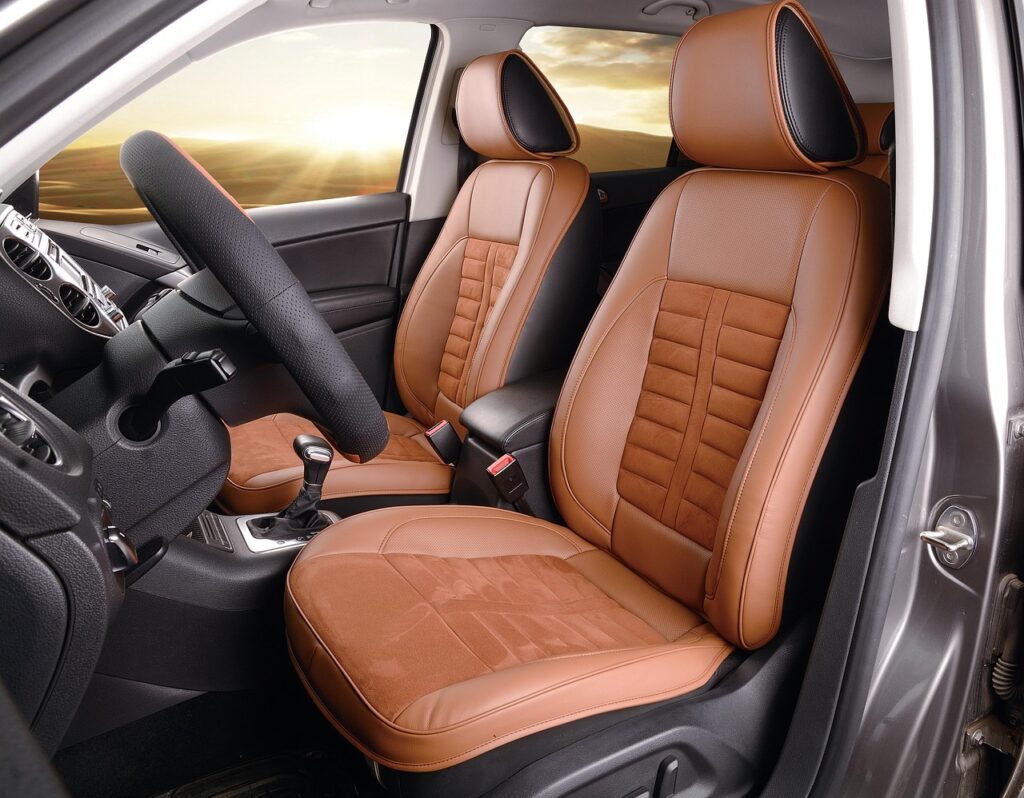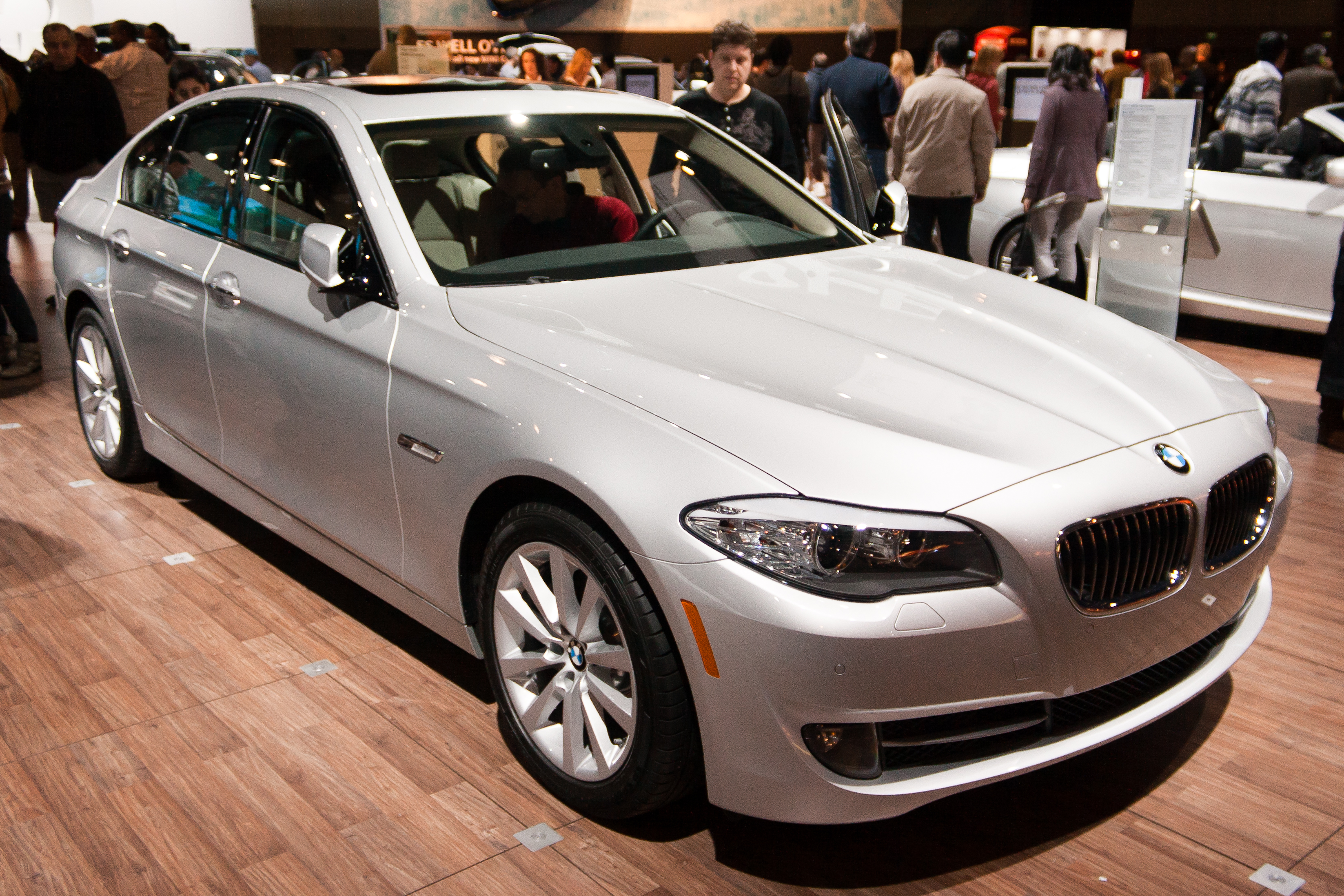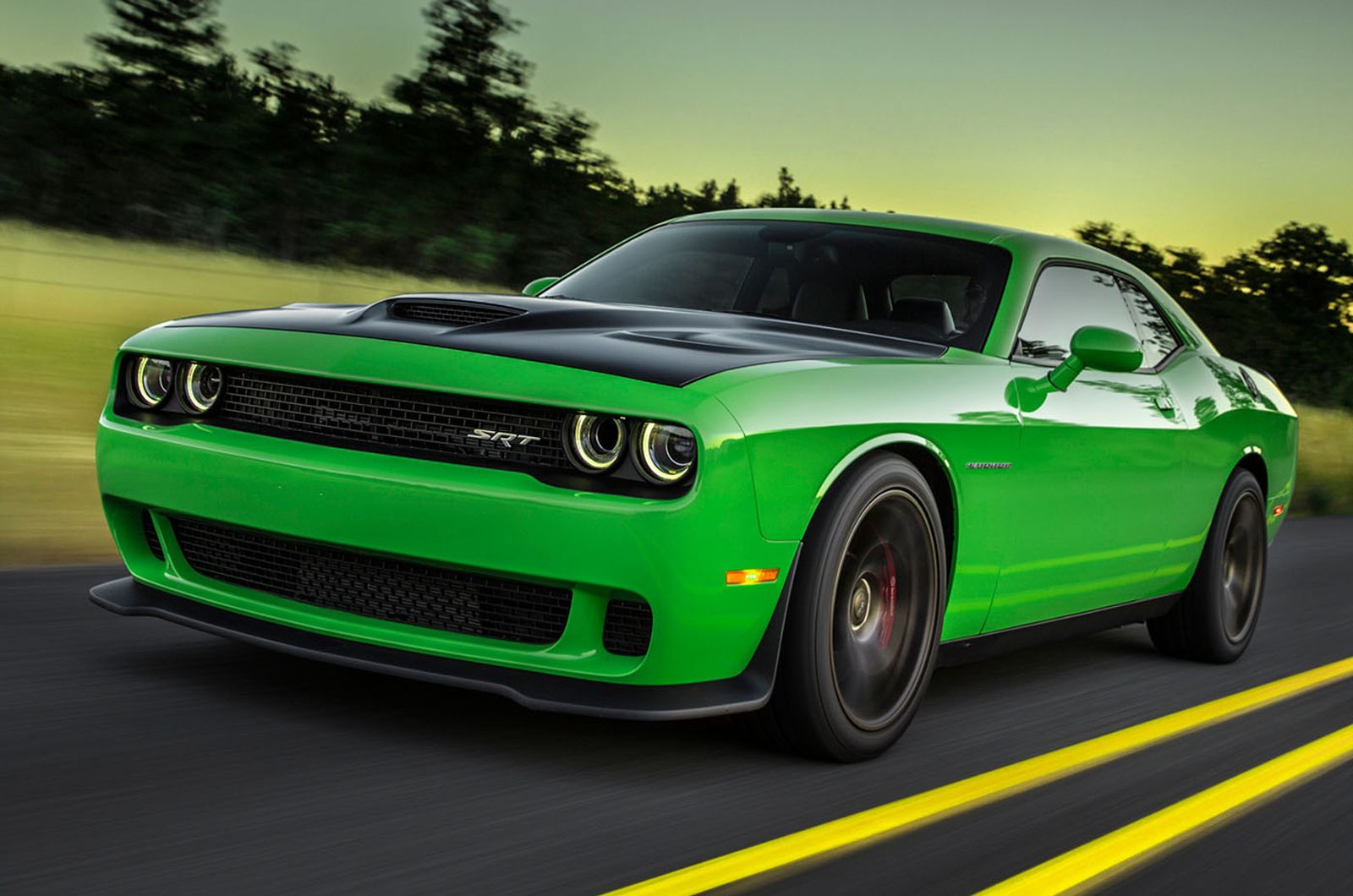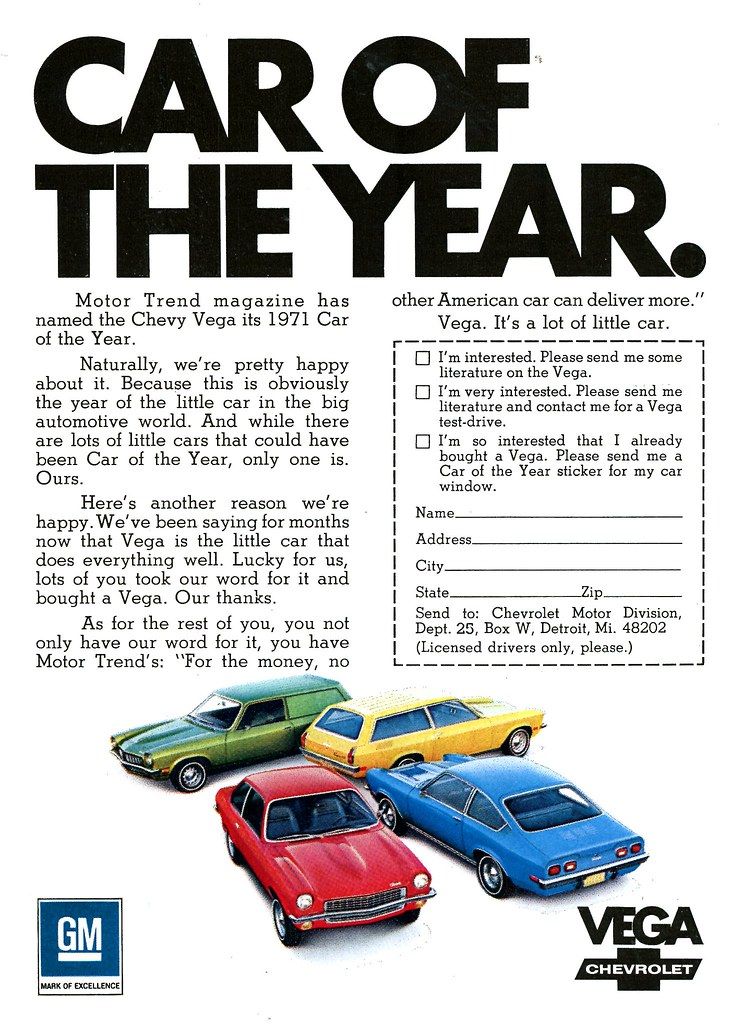
Ever notice that one car trend that pops up everywhere and makes you roll your eyes? It’s like the fashion industry for cars—one minute, something’s cool, and the next, it’s slapped on everything, leaving you wondering why. Whether it’s pointless tech gimmicks or design choices that make zero sense, certain trends make you question: who signed off on this?
The automotive industry has always been a hotbed of innovation, but sometimes, despite the forward-thinking intentions, frustration mounts. Debates and discussions over trends that just don’t sit right can be found in online forums, garages, and showrooms around the globe. We’ve witnessed some distinctive eras throughout the years, with iconic periods, but breaking it down further, each of these eras contains a whole host of trends and fads, some of which are products of the cultural zeitgeist of the time, and some just leave you scratching your head in bewilderment.
Well, buckle up because we’re taking a look at 15 of the most annoying automotive trends that need to stay in the past. We’ve all seen them, sighed at them, and probably even ranted about them to our friends. Get ready to nod along in agreement as we dive into the frustrating design choices and questionable innovations that have stirred up the auto community and managed to raise more than a few eyebrows.

1. **Fake Exhaust Tips**Nothing screams ‘poser’ quite like a fake exhaust, those misleading metal bits that add no power yet manufacturers keep slapping them on cars like confetti at a parade. These are like those Instagram filters that make everything look better than it is, completely deceiving the unsuspecting eye. It’s a design aspect that can be noticed in vehicles of well-known brands such as Audi and Mercedes-Benz, intended to deliver a more dynamic look rather than actual improvements in performance.
Imagine revving your engine only to hear a mere whisper instead of a roar. It’s a mirage for motorheads and a disappointment for everyone else, creating a tailpipe tell-tale sign of automotive deception. This trend questions the authenticity of the design and the community, leading critics to say that it diminishes the real engineering virtues for which these brands are famous.
Many demand a return to true design principles that would represent the actual possibilities of the vehicle. While this may make the car look better to a degree, it’s fundamentally dishonest. We’re left wondering why manufacturers feel the need to fake a performance feature that serves no functional purpose whatsoever.
This practice has ignited a debate over authenticity, with purists decrying the artificial enhancement as “gimmicky.” It’s a classic case of form over function, where a superficial aesthetic trumps genuine engineering, leaving a sour taste in the mouths of those who appreciate true automotive integrity.
Read more about: 12 Once-Cool Rides That Now Make Us Cringe: An Unflinching Look at Automotive Disappointment and Design Gone Wrong
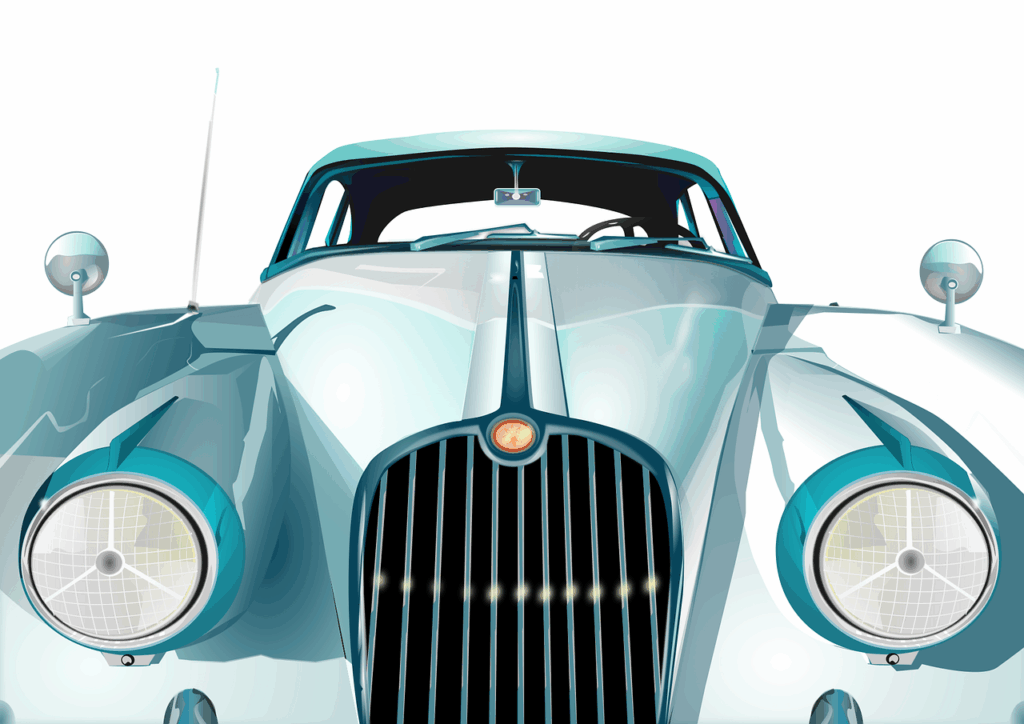
2. **Oversized Grilles**Some cars look like they’re ready to eat pedestrians with their huge grilles, designed more to intimidate than to function. The bigger, the better, right? This aesthetic choice, although bold, has triggered a combined aesthetic and functional discourse. There’s been an increasing trend toward large grilles, notably led by BMW and Lexus.
But all these oversized grills often serve little purpose other than making cars look like they’re auditioning for the next Transformer movie. They might cool the engine a tad, but mostly they just block your view and create wind drag. It’s like someone tried to shove a face on your car and took it too far, completely dominating entire front ends.
The need for such huge grilles is particularly doubted in electric vehicles (EVs) such as the BMW i4, where the traditional cooling requirements are largely absent. In these instances, the stylistic evolution of this tendency emphasizes brand identity over operational functionality, making the grille purely a decorative, and often obstructive, feature.
While some appreciate this bold styling, many consumers long for more elegant, timeless designs that don’t scream for attention or intimidate other road users. It’s an unnecessarily aggressive aesthetic that prioritizes a dominant visual over practical utility and a balanced design.
Read more about: From Muted Roars to Touchscreen Torment: Unpacking the Most Annoying Trends Dominating Today’s Auto Industry

3. **Gloss Black Trim Everywhere**Black is timeless, but gloss black trim everywhere on a car? It’s like dressing up in a tuxedo for a pool party—initially, it looked refined and modern, but now it’s overdone. This trend is shiny but not so bright, rapidly becoming a maintenance nightmare for owners.
This excessive use of gloss black trim catches every fingerprint and speck of dust like a magnet, making it incredibly difficult to keep clean and looking good. And don’t get us started on the glare! It contributes to a cheapened aesthetic over time, especially when exposed to the elements.
The irony is that what was once a premium-looking accent now often feels like an afterthought. It’s supposed to be sleek and modern, but in reality, it often just looks perpetually dirty and unkempt, demanding constant attention to maintain its initial appeal.
While manufacturers might intend for it to convey a sense of sportiness or luxury, the reality is that its widespread and often thoughtless application has rendered it less special. We’re left with a material that quickly shows wear and tear, detracting from the car’s overall design instead of enhancing it.
Read more about: 10 Legendary Muscle Cars That Absolutely Deserve a Jaw-Dropping Modern Redesign
---Front-Three-Quarter-3873448-2560x1440.jpg)
4. **Coupe-style SUVs**Here’s a real head-scratcher: SUVs with coupe-like rooflines. They promise the utility of an SUV with the sexiness of a coupe, yet often deliver on neither. This trend is a paradox in automotive form, trying to blend sporty design with utility but often failing on both fronts.
The sloping roof might look stunning, but it gobbles up headroom faster than a seven-footer at a kiddie table, especially for taller passengers. It also drastically reduces rear headroom and cargo space, making the vehicle impractical for families or those needing extra storage. This is form over function in its most frustrating manifestation.
Exaggerated SUV coupes like the BMW X6 tend to prioritize style over function, leading to awkward proportions and compromised comfort. Mixing practicality with style shouldn’t mean compromising on what makes an SUV useful, but that’s exactly what happens here. The compromised headroom is particularly noticeable in the rear.
While they may appeal to niche buyers who prioritize a specific aesthetic, most drivers would prefer the practicality of a traditional SUV. Their form sacrifices the core benefits of an SUV, such as space and versatility, for a design statement that leaves many scratching their heads about its actual purpose.
Read more about: The Unsung Heroes: 12 Vintage Station Wagons That Outran and Outclassed Minivans

5. **Fake Engine Sounds Through Speakers**Nothing screams “false advertising” quite like fake engine noises blasted through your car’s speakers. As the auto industry shifts toward electric vehicles, the absence of traditional combustion engine noise has led to the introduction of artificial engine sounds. These simulated noises aim to mimic the auditory experience of driving a gas-powered vehicle, catering to those who miss the roar of an engine.
Some manufacturers, apparently afraid that a quiet engine won’t feel “cool,” pipe in artificial growls and roars. While you’re driving in the comfort of your car, it’s not even the real sound you’re hearing—just a fancy playlist made to trick your brain into thinking you’re driving a race car. Newsflash: we can hear it’s fake, and we don’t like it!
This practice has ignited a debate over authenticity, with purists decrying the artificial enhancement as “gimmicky.” Despite the intention to enhance the driving experience, the reception of these sound enhancements has been mixed, with some appreciating the effort while others call for a more authentic embrace of the EV’s naturally quiet operation.
It feels like a desperate attempt to cling to a past identity rather than embracing the future. Why pretend an EV roars like a V8 when its inherent quietness is one of its most innovative and pleasant features? Let’s celebrate the silence, not simulate a sound that isn’t truly there.

6. **Non-functional Vents**Ever notice those vents on the hood, bumpers, or sides of cars that just seem to be there for… decoration? The automotive industry is currently crowded with fake vents and intakes, a fashion that pays more attention to form than function. These non-functional vents offer no real airflow, cooling, or performance benefit.
They’re just there to give your car a faux-sporty look, like a badge of automotive dishonesty. Some of them have been applied to the likes of the Honda Civic Type R and Toyota Supra, sparking mixed reactions. Even though they tend to improve the sporty looks of a car, they bring with them a concern about the purity of the vehicle design.
You can’t help but feel bad for them—like a decorated cake that’s all frosting but no substance. It’s like a wannabe muscle car that’s trying way too hard, with designers apparently believing that every vehicle needs aggressive detailing, even if it’s purely cosmetic.
Just stop with the fake aerodynamics and make some real improvements, please! The only thing that’s getting “cooled down” is your credibility when you realize these aggressive scoops on family sedans or compact hatchbacks have little to no performance upgrades.
Read more about: From Muted Roars to Touchscreen Torment: Unpacking the Most Annoying Trends Dominating Today’s Auto Industry
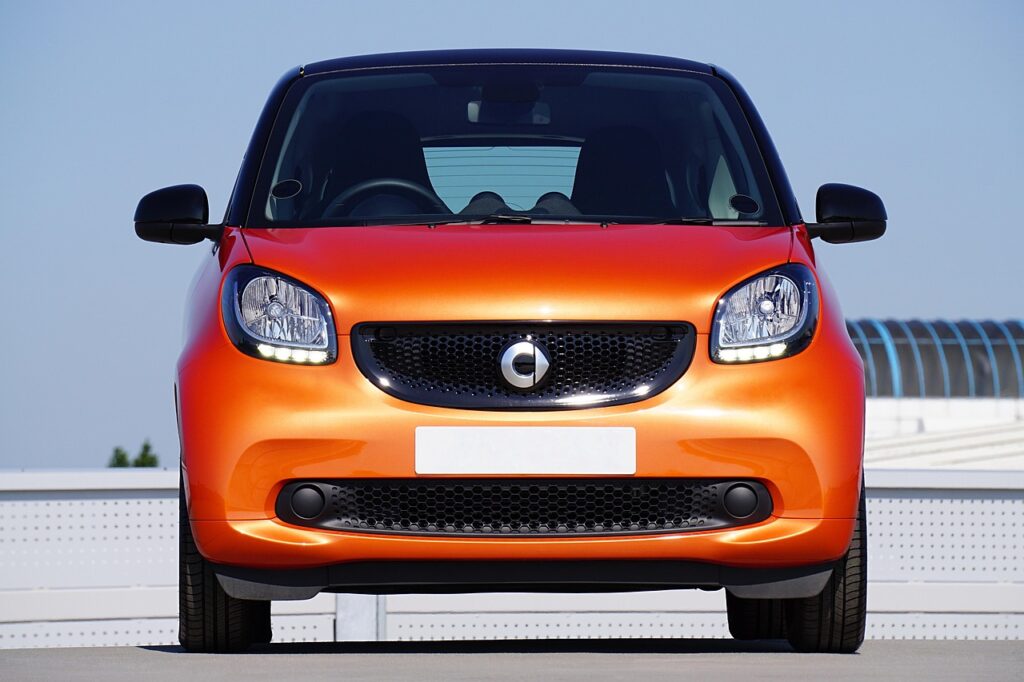
7. **Overly Aggressive Styling on Economy Cars**It’s an odd trend to see a budget car, meant to save you money, looking like it belongs on the Fast & Furious set. Modern vehicles seem locked in an arms race of angry-looking designs, from massive grilles that dominate entire front ends to sharp, angular bodylines that suggest the car might transform into a battle robot.
Manufacturers have been slapping aggressive body kits, wide fenders, and even fake hood vents onto humble economy cars. This trend extends across all segments, with designers apparently believing that every vehicle needs to look like it’s ready for combat. It’s like a low-budget cosplay of something much cooler, desperately trying to project an image it can’t live up to.
While it might look fast, we all know your car isn’t about to race anyone, so why pretend? Instead of looking refined, it ends up looking like a try-hard. This “bold styling” often cheapens the vehicle’s overall appearance, making it seem less genuine and more like a caricature.
Many consumers long for more elegant, timeless designs that don’t scream for attention or intimidate other road users. Focus on the driving experience instead of making a compact hatchback look like it’s about to enter a demolition derby. It’s time for authenticity over aggressive aesthetics.
Alright, so we’ve covered the car trends that are all about looks but completely miss the mark on logic. But hold onto your steering wheels, because we’re not done yet! The automotive world isn’t just about visual shenanigans; sometimes, it’s the tech and convenience features that make you want to pull your hair out. Get ready as we unpack those frustrating innovations that make driving less enjoyable, from confusing infotainment systems to those sneaky subscription features.
Read more about: Beyond the Badges: 10 Revolutionary 1960s Sports Cars Only True Collectors Will Recognize
8. **Giant Touchscreen Overload**Ever walked into a car and felt like you accidentally stumbled into a futuristic control room? Touchscreens in cars are the tech equivalent of oversized novelty checks—they look impressive, sure, but in practice, they’re not entirely practical. It’s like someone thought bigger was always better, without considering if anyone could actually *use* it while, you know, driving.
A giant glowing screen might feel incredibly futuristic when you’re parked, but fumbling through endless menus and sub-menus while trying to keep your eyes on the road? That’s a recipe for chaos, not convenience. Remember when we had physical knobs and buttons for things like volume and temperature? There’s a good reason they were a thing. They offered less distraction and more intuitive interaction, allowing you to make adjustments by feel.
It’s high time we dial it back, literally. We don’t need every single function hidden behind a digital layer that requires surgical precision to operate. Let’s get back to some tactile satisfaction and make sure our cars are designed for driving, not just for looking slick in a marketing photo.
Read more about: The Hidden Costs of Customization: 15 DIY Truck Upgrades That Can Plummet Your Resale Value

9. **Excessive Ambient Lighting**Driving or clubbing? With some of the ambient lighting options out there today, it’s genuinely hard to tell the difference! While a subtle splash of light can certainly create a nice ambiance and make an interior feel more luxurious, bathing your car’s interior in a rainbow of neon hues is like inviting a full-blown rave to your daily commute.
Mood lighting is great, until it’s more mood than movement, and your cabin starts looking like a spaceship gearing up for takeoff. These excessive, customizable lights often feel pretty gaudy, transforming what should be a comfortable, functional space into something distracting and over-the-top.
Flashing, pulsing, or overly bright lighting can also be incredibly irritating on night drives, leading to eye strain or even headaches. Instead of truly enhancing the driving experience, too much ambient lighting detracts from it, making cars feel more like nightclubs on wheels than reliable companions for travel. If only all this light could guide us to some better, more tasteful design choices.
Read more about: Mastering the Dark: Driving Pro’s Essential Guide to Enhancing Night Driving Visibility with Easy, Actionable Adjustments for Every Driver
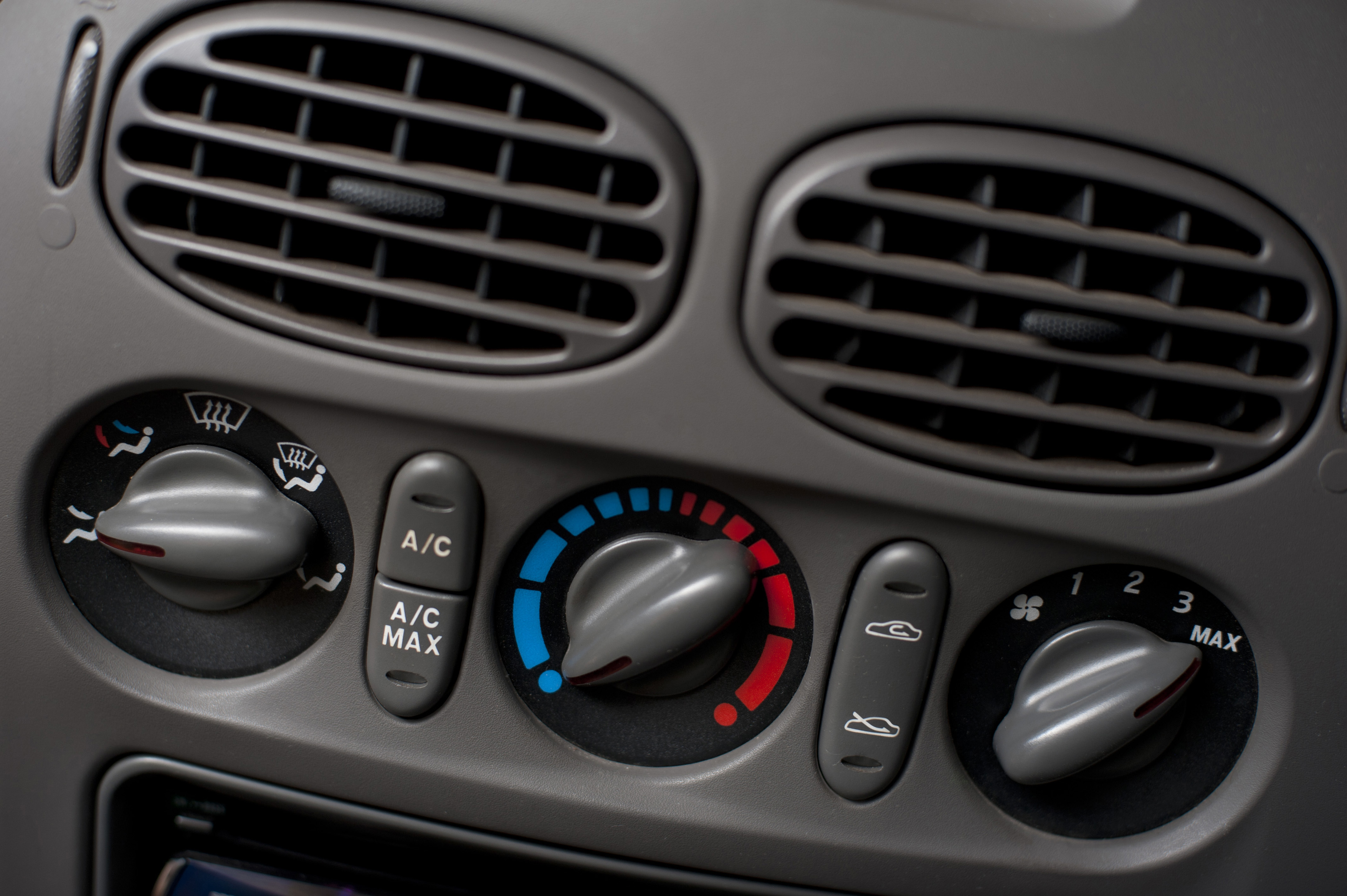
10. **Touch-sensitive Climate Controls**Oh, how we long for the good old days! Gone are the tactile, satisfying clicks and dials that made adjusting your air conditioning a breeze. Now, everything is a touch-sensitive surface that requires you to hover your finger for five seconds, often precisely, before the temperature decides to budge. It’s like someone decided that drivers don’t deserve simple, intuitive controls anymore.
Need to change the fan speed? Good luck not accidentally switching the seat warmer on or activating the hazard lights while you’re at it. This shift to purely touch-based interfaces marks an evolution towards a streamlined, futuristic dashboard, but it definitely comes at a cost, particularly for safety and usability. Trying to adjust anything while driving becomes a frustrating game of chicken with your attention span.
The reliance on these touchscreens and touch-sensitive controls has legitimately raised concerns. Physical climate controls are a far more practical and intuitive method, allowing drivers to keep their eyes where they belong—on the road. In contrast, touch-based controls lack that crucial precision, and smudged screens or laggy interfaces only make a bad situation worse. The absence of physical buttons here is a definite step backward in terms of everyday usability.
Read more about: Buyer Beware: 15 Popular Cars That Seriously Disappointed Owners, According to Driver Regrets and Reliability Data
11. **Rear Visibility Sacrificed for Style**It’s a classic case of style over substance, or perhaps, style over sight! Design trends in modern vehicles have led to shrinking rear windows and rising beltlines, turning what should be a clear view into more of an illusion than a feature. Backing out of parking spots has never felt more like a trust exercise, making you wonder: who needs to see what’s behind them when you can just *look* good not seeing it?
Many modern vehicles, especially the sleek SUVs and crossovers that are all the rage, feature incredibly small, narrow rear windows. Designers often prioritize that ‘sporty’ or ‘aggressive’ look over the very real practicality of, you know, seeing where you’re going. This leads to cramped rear window openings that make it genuinely difficult for drivers to see behind them, which is incredibly problematic when reversing or changing lanes.
While rearview cameras and sensors are a welcome addition and help compensate for this severely limited visibility, they’re not perfect solutions. Drivers often end up feeling disconnected from their surroundings, forced to rely almost entirely on technology rather than their own natural awareness. We’re all for sleek lines, but not at the expense of being able to safely navigate traffic.
Read more about: Beyond the Badges: 10 Revolutionary 1960s Sports Cars Only True Collectors Will Recognize

12. **Overcomplicated Infotainment Systems**Remember when car radios were straightforward? You’d turn a knob to change the station, push a button for the volume, and that was that. Now, we’re dealing with infotainment systems that require a manual thicker than a phonebook just to figure out how to pair your phone. It’s all touchscreens, endless sub-menus, and a level of confusion that makes you long for the simpler days.
Simplicity, it seems, was sacrificed at the altar of technology. Sure, it’s pretty cool to connect to Wi-Fi or stream your favorite podcast directly to your car, but must it feel like you’re launching a space shuttle every time you want to change a setting? Infotainment systems are becoming more elaborate, but often at the expense of any real user-friendliness, making them a major distraction while driving.
Voice commands, which are supposed to simplify things, are often unreliable, and screens frequently lag or glitch, frustrating drivers even further. This trend prioritizes tech over convenience, making us all miss the intuitive ease of physical buttons and dials. It’s time to streamline the experience and, frankly, streamline our lives a little more in the process.
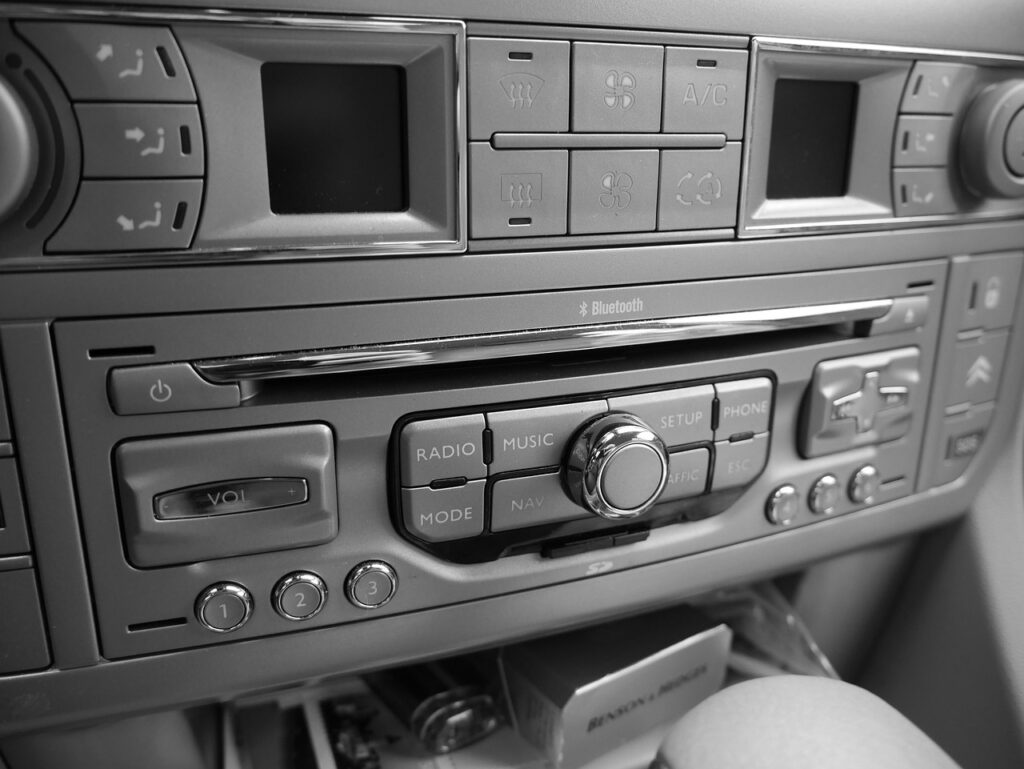
13. **Start-stop Systems That Can’t Be Disabled**You know that moment when you pull up to a red light, and your engine suddenly cuts off with a slight jolt? While it’s supposed to save fuel and theoretically make us all a little greener, it honestly just makes you wonder: why is this happening right now, at the most inconvenient times? It feels less like an eco-friendly feature and more like a gentle, insistent nudge from the car itself.
Some cars come equipped with start-stop systems that simply can’t be disabled, leaving you completely helpless as the engine cuts out every single time you idle. It’s like the car is actively forcing its eco-friendly agenda on you, whether you want it or not, and often without any noticeable benefit to your driving experience or your fuel economy.
While environmental protection is undoubtedly crucial, some automotive regulations seem to prioritize theoretical benefits over practical reality. Features like these auto start-stop systems, which often save only minimal fuel, can also contribute to additional wear and tear on engine components over time. It feels like a half-baked solution that inconveniences drivers without delivering any truly meaningful environmental benefits.
14. **Subscription-based Features**Okay, prepare to have your mind blown (and your wallet emptied). Want heated seats? There might just be an app for that – literally. Subscription-based features in cars are like having to rent your own couch every month, even after you’ve already bought the house. Once a one-time purchase, these features are now becoming a monthly commitment, turning your car into a constant stream of microtransactions.
This shift feels like an insane cash grab, forcing owners to pay recurring fees for the privilege of using functions that are already built right into their vehicles. You’ve already shelled out a huge amount of cash for the car itself, only to be asked to shell out even more for software access? It’s completely mind-boggling. This trend cheapens the entire car-owning experience.
Buyers expect features to be part of the vehicle package, not some optional extra that disappears if you forget to pay your monthly fee. It makes you wonder, how far is too far with this pay-per-use model in our vehicles? We need to seriously rethink this strategy and ensure convenience doesn’t come at an endless, irritating cost.
Read more about: From Red Carpet to Reruns: How Streaming Reshaped Oscar Viewership and the Film Industry in a Decade

15. **No Manual Transmission Option**For many of us, the joy of driving a manual transmission is akin to playing a musical instrument, a real dance between human and machine. Alas, that cherished option is disappearing faster than vinyl records did in the early days of digital music. A manual transmission offers a tactile connection and a level of engagement with the road that an automatic simply can’t match.
There’s something incredibly satisfying about rowing your own gears, feeling that direct mechanical link, and truly controlling the vehicle’s power. Removing this option from so many models, even sports cars, is like taking the very soul out of driving. It’s a significant loss for driving enthusiasts who appreciate the skill and immersive experience it offers.
While automatic transmissions have undeniably improved in efficiency and performance, they remove a crucial element of driver engagement and control. Despite manufacturers often claiming low demand, there remains a dedicated community of drivers who prefer to ‘bring back the stick!’ The disappearance of this option diminishes the diversity of driving experiences available to us, turning driving into less of an art form and more of a mundane commute.
Read more about: 11 Iconic Classics: Your Ultimate Guide to Restoring Affordable Dreams Instead of Buying Them
So, there you have it—a deep dive into the car trends that truly make us scratch our heads and, frankly, go a little nuts. From the purely cosmetic blunders to the technological nuisances and convenience compromises, it’s clear that the automotive industry sometimes loses its way in the pursuit of innovation or, let’s be honest, just looking ‘cool.’ Here’s to hoping that future designs will prioritize practicality, authenticity, and genuine driving pleasure over fleeting fads and frustrating gimmicks. We want cars that make sense, not just headlines!



